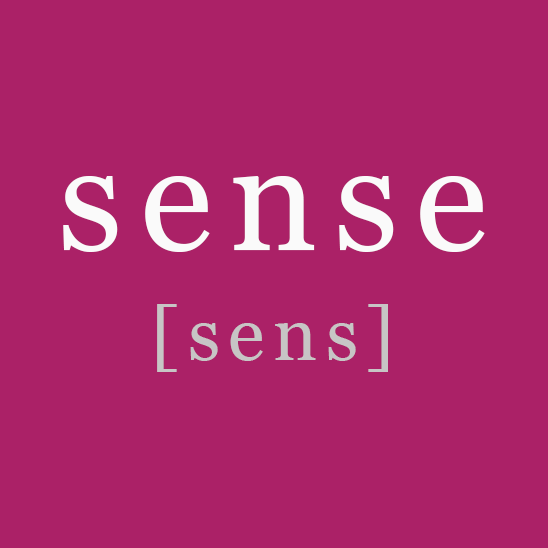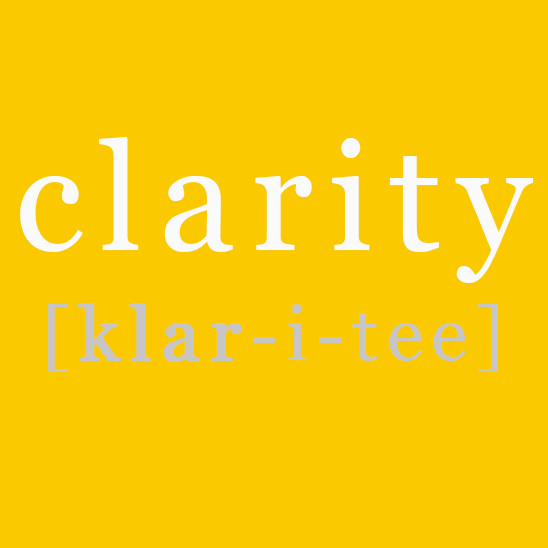Spanish Translation & Marketing
“Translation is not a matter of words only; it is a matter of making intelligible a whole culture.” – Goethe.
A variety of factors contribute to the complex process of delivering a message in one language to a group of people who speak another. You must consider the grammar, style, and culture of both the original and target audiences while attempting to preserve the literal and emotional content of the original message. Global Village takes this process seriously and has developed a strict set of criteria to deliver only the highest-quality, meaning-based, accurate Spanish translations and Mexican Spanish translation services.
Rather than using a machine or any form of automatic translation, Global Village features a talented team of professional, native translators from a variety of countries to provide English to Spanish translation services or Spanish to English translation services. Each translator has gone through a rigorous series of trials to prove competency and consistency and will render – personally and with excellence – your materials, messages, or Spanish phrase translation into your target language. When you need Mexican to English translation or Spanish to English translation, we will make sure that you will get the right message delivered to the group you need it translated for. Our Spanish to English translation services are rigorously vetted for correct meaning.
To ensure accuracy and loyalty to the original text without compromising cultural relevance, each of our translations passes through our systematic localization process: translation by a trained professional, review by a lay reader and an accomplished translation editor, and final review after the translation has been placed or rendered in its appropriate format.
The US Hispanic market is growing rapidly and the Spanish language matters to them. They are more likely to be loyal to companies that communicate with them in Spanish. Accurate Spanish translations will make your advertising more effective.
US Hispanics spend billions each year, which gives them serious purchasing power, so don’t get left behind by your competitors. Let us assist your US Hispanic marketing efforts.
We recognize that there are various ways of saying the same thing in many languages, so we seek to create and maintain a consistent “voice” for each client in all of its translation work. This voice is intended to communicate a “spirit” or personality for each author or speaker. To this end, we create a glossary/style manual for each client that helps us maintain the consistency of the voice across all media channels. Allow us to transform your organization’s message and extend your voice into the diversity marketplace.
Our Spanish Translation & Marketing Services
Our Translation Philosophy
Translation theory is truly a “science” based on the understanding of how languages work. It recognizes that different languages encode meaning in differing ways, and unlocking this code reveals the most appropriate ways of preserving meaning and conveying the spirit of each communication. We adhere to the following principles to ensure dynamic, meaning-based translations.






